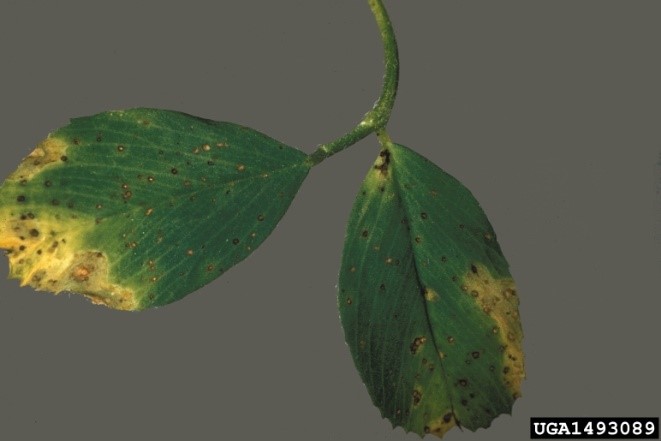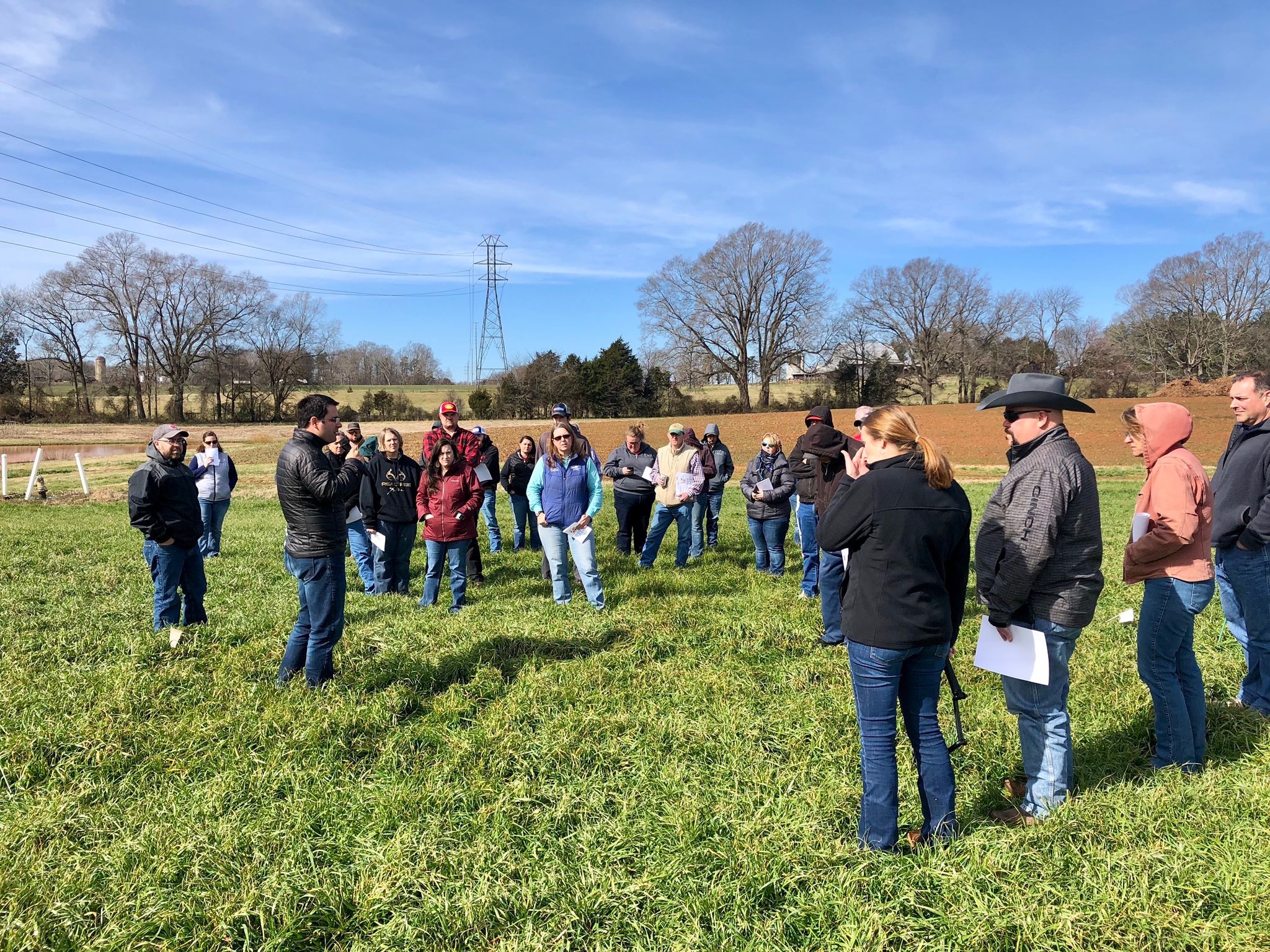Forage & Pasture Crops
go.ncsu.edu/readext?284692
en Español / em Português
El inglés es el idioma de control de esta página. En la medida en que haya algún conflicto entre la traducción al inglés y la traducción, el inglés prevalece.
Al hacer clic en el enlace de traducción se activa un servicio de traducción gratuito para convertir la página al español. Al igual que con cualquier traducción por Internet, la conversión no es sensible al contexto y puede que no traduzca el texto en su significado original. NC State Extension no garantiza la exactitud del texto traducido. Por favor, tenga en cuenta que algunas aplicaciones y/o servicios pueden no funcionar como se espera cuando se traducen.
Português
Inglês é o idioma de controle desta página. Na medida que haja algum conflito entre o texto original em Inglês e a tradução, o Inglês prevalece.
Ao clicar no link de tradução, um serviço gratuito de tradução será ativado para converter a página para o Português. Como em qualquer tradução pela internet, a conversão não é sensivel ao contexto e pode não ocorrer a tradução para o significado orginal. O serviço de Extensão da Carolina do Norte (NC State Extension) não garante a exatidão do texto traduzido. Por favor, observe que algumas funções ou serviços podem não funcionar como esperado após a tradução.
English
English is the controlling language of this page. To the extent there is any conflict between the English text and the translation, English controls.
Clicking on the translation link activates a free translation service to convert the page to Spanish. As with any Internet translation, the conversion is not context-sensitive and may not translate the text to its original meaning. NC State Extension does not guarantee the accuracy of the translated text. Please note that some applications and/or services may not function as expected when translated.
Collapse ▲Production
- Forage Program (NC State)
A webpage that contains research, extension and teaching links. - Forage Publications, Notes, and Videos
NC State Educational publications and videos including grazing guides, fertilization, planting and plant/weed ID.
Diseases

Common leaf spot (Pseudopeziza medicaginis). (Photo Credits: University of Georgia Plant Pathology, University of Georgia, Bugwood.org)
- Alfalfa Disease Information Notes
A management guide including disease identification, control, field monitoring and scouting, and resistant varieties. - Alfalfa Management Guide
A national management guide including disease identification, control, field monitoring and scouting from the American Society of Agronomy.
Insects
- Insect Control in Forage Crops
Insects pests of pastures and forage crops are often small and difficult to detect unless consistent scouting occurs. The link above are the current recommendations for insect pest control in forages. Be sure to take note of any precautions, remarks and restricted use products.
Publications
- North Carolina Agricultural Chemicals Manual
The manual has ten main sections:
I. Pesticide use and safety information
II. Chemical application equipment
III. How to send specimens for disease, insect, and weed identification
IV. Fertilizer use
V. Insect control
VI. Insect and disease control of fruits
VII. Chemical weed control
VIII. Plant growth regulators
IX. Animal damage control
X. Disease control
Detailed information on controlling pests of field crops, forage crops, grains, fruits, vegetables, ornamentals, turf, landscape, nursery, livestock, poultry, home garden, communities, and industrial sites is included.



